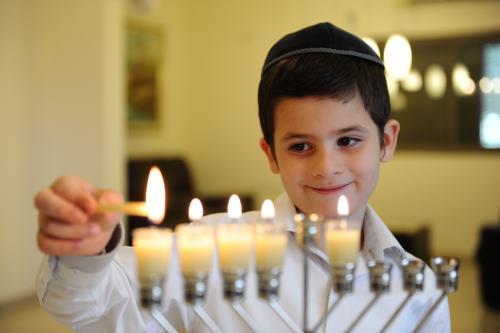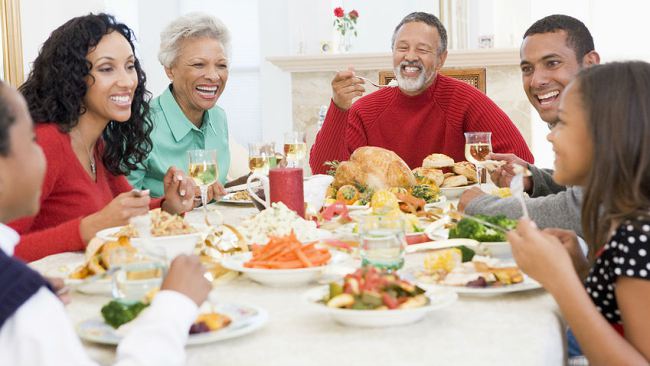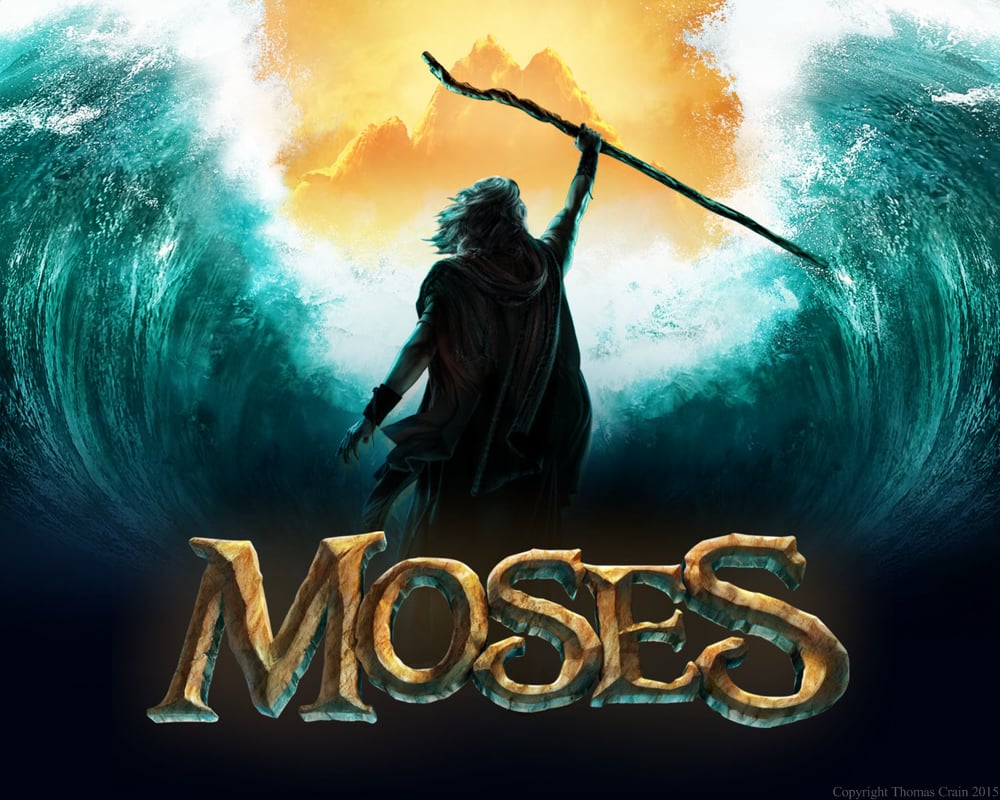
1. Hanukkah is not the Jewish Christmas.
The parallels are striking. Both happen near the end of the secular year. Both center around lights. And both involve gift giving.
But, despite their outward similarities, the two are vastly different in religious meaning. Christmas is a central Christian holiday, marking the birth of Jesus. Hanukkah, which is not found in the Hebrew Bible, celebrates the rededication of the Jerusalem Temple by a group of Jewish fighters and priests known as the Maccabees. Hanukkah has gained outsized spiritual attention in America because of its proximity to Christmas, but historically it has been a relatively minor Jewish holiday.
2. There is no one right away to spell Hanukkah.
The first letter of the Hebrew word is a chet, which has no English equivalent. Many traditional Jews prefer “Ch,” even though it is a different sound than the “ch” in a word like “chapter.” Some prefer the “H,” but the “H” lacks the guttural sound of the Hebrew. Both are used interchangeably.
3. The Hanukkah candelabra is known as a hanukkiyah, not a menorah. (Get a cheat sheet for all the Jewish holidays here.)
The menorah is the seven-wicked candelabra that stood in the Jerusalem Temple. It became a symbol of Judaism and is carved into one of the gates of Rome as a symbol of the Roman conquest of Judea in 70 C.E. The hanukkiyah, in contrast, has nine wicks. One wick, typically in the center, is set apart from the others and known as the shamash, or “head” candle. It is used to light the other eight candles.
4. We light the candles from left to right, but add candles each evening from right to left.
In other words, we start by lighting the right-most candle on the first evening of Hanukkah. Then we add another candle to its left. We light that new candle first, and then light the right-most candle. This process continues through eight nights.
5. Some families replace eight nights of gift giving with a mix of learning, social action, and giving.
At my synagogue, we encourage families to take at least one night to volunteer as a family or gather toys and clothing to donate.
6. The custom of playing with a dreidel (spinning top) is based on a German gambling game.
A spinning top with various letters printed on its side was played in both Germany and England from about the sixteenth century onward. European Jews adopted the game and replaced the German and English letters with Hebrew ones. Now it is used to amuse children throughout the holiday.
7. A dreidel made in Israel is different than a dreidel made outside of Israel.
Outside of Israel, the letters on the dreidel are an acronym for “A great miracle happened there.” In Israel the letters stand for “A great miracle happened here.”
8. The traditional Hanukkah foods are potato pancakes (latkes) and jelly donuts.
Both foods involve frying and oil. Oil symbolizes the miracle of Hanukkah. According to Jewish tradition, the Maccabees found a tin of oil in the Temple after they recaptured it. It was only supposed to provide enough light for one night. It miraculously lasted for eight.
9. There are two main Hanukkah stories.
The origins of Hanukkah lie the battle between the Jewish zealots known as Maccabees and the Seleucid King Antiochus. The Maccabees won, and the holiday began as a way to celebrate their victory. This story is told in the Apocryphal Book of Maccabees.
When Jews had lost their independence and were ruled by the Roman Empire 500 years later, Jewish leaders downplayed the military part of the story and focused on the religious miracle of a tin of oil lasting for eight days. The emphasis on the spiritual rather than the military aspects of the holiday made it less susceptible to Roman suppression.
10. Many American Jews see Hanukkah as a celebration of our religious freedom.
The Maccabees began their revolt because Antiochus forced the Jews under his control to adapt Hellenistic practices. He placed a sculpture of the Greek God Zeus in the Jerusalem Temple.
Today we take the opportunity to celebrate our right to practice Judaism freely in America — and remind ourselves of the imperative to ensure this freedom for people of all faiths around the world.

